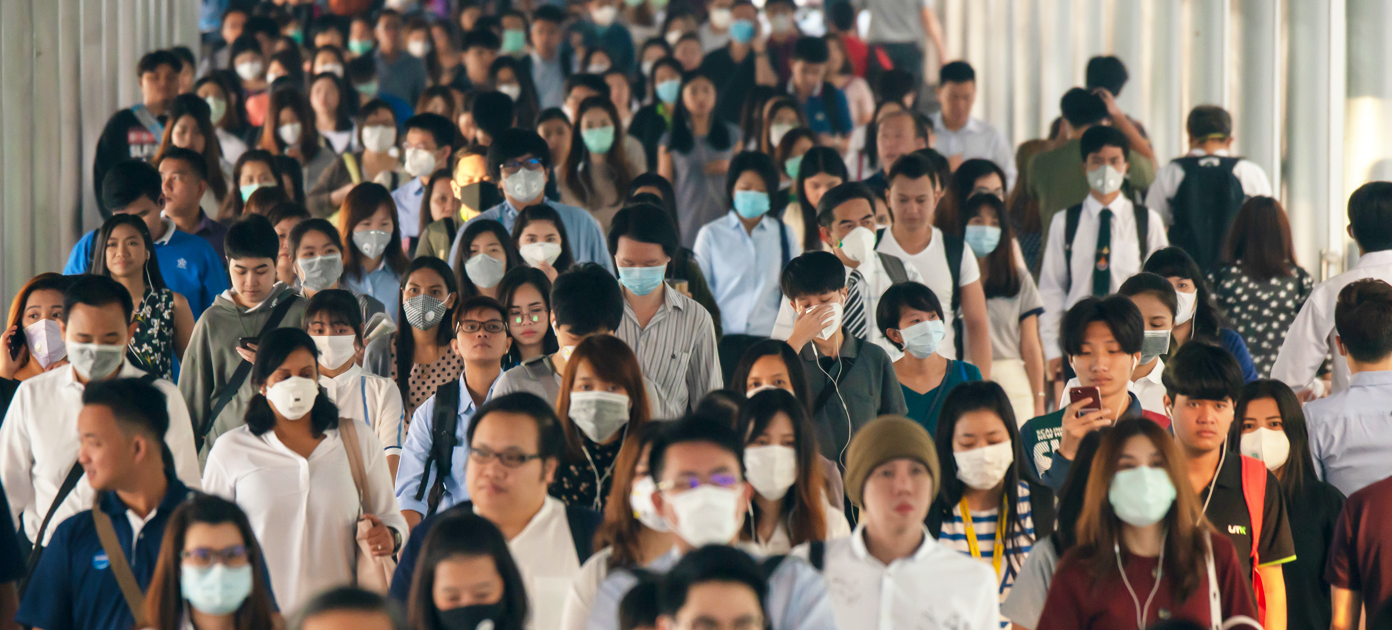The Known Unknowns: How the world’s snapback from COVID-19 will bring unintended consequences


The ripple effects of the pandemic are still expanding across multiple dimensions: political, regulatory, macroeconomic and societal. Colossal fiscal and policy interventions by governments in response to COVID-19 shifted economies in ways that are now unfolding. Understanding those effects is critical both to envisaging what 2022 and 2023 will look like and navigating the changes that will occur.
At the onset of the pandemic, governments were forced to balance the urgency of stopgap responses to the emergency against the possibility that those responses would have unforeseen and unintended repercussions down the road. With a global recession of unparalleled acuity now in the rear-view mirror, amid an almost equally sharp recovery, attention is turning to exactly what those unintended consequences might be.
COVID-19 has hit different countries in very different ways, and along different timelines. Countries that were able to put in place generous support for businesses and individuals, and which have rolled out successful vaccination programmes, are springing back more quickly than those that have not, and with less in the way evidence of hysteresis – that is, long-term scarring that can persist after the initial economic shockwave has receded, such as structurally higher unemployment.
Hysteresis combined with record debt levels is a major concern. In and of itself, the rising tide of sovereign debt associated with the pandemic response is not, in our view, an insurmountable problem. But for countries whose productive capacity has been permanently scarred, and who face lower long-term growth as a mechanical outcome of this scarring, debt-to-GDP ratios could easily explode.
Higher debt servicing costs could in turn lead to the worst-affected countries deciding that they can no longer afford to implement important reforms. In addition to building the connecting infrastructure needed for better intra-regional trade, such reforms include de-carbonising their economies, and embracing the digitisation needed to ensure they get the best access to international markets. Postponing those reforms could further suppress long-term growth.
Advanced economies should not assume that such unexpected externalities are limited to frontier and emerging markets. While furlough programmes and other types of income support did much to shield household balance sheets from the pandemic recession, there is some evidence that attitudes towards work itself may have been destabilised by the response to COVID-19.
In the US, the labour participation rate is still lower than it was in February 2020, and the number of long-term unemployed 1.6 million higher1, despite soaring job opportunities.2 US workers are also quitting their jobs in record numbers, with 4.3 million waving goodbye to their bosses in August, and retail workers being among the most likely to quit.3 This threatens to accentuate the supply-chain disruption notable in fast-recovering economies such as the US and the UK.4
The fiscal response to the pandemic, at least in advanced economies, was clearly in line with the playbook developed in response to the Global Financial Crisis in 2008. In that instance, massive monetary injections to stabilise the financial sector are widely held to have been effective in turning the tide of crisis, amid close cooperation between the G20 group of the world’s largest economies. Whether the “bazooka” aspect of the playbook proves as effective in the 2020s remains to be seen, especially given the widely disparate impact and longevity of the pandemic across geographies.
Meanwhile, the global cooperation seen in 2008 has been in short supply. A cultural megatrend towards nationalism since the GFC has seen many governments loudly championing the needs of their own citizens, rather than responding to those of the wider world. When it comes to vaccines, the World Health Organization has warned that this approach is short-sighted, arguing that these should now be delivered to low-income countries rather than being used to vaccinate low-risk groups in wealthier ones.5
The new nationalism raises questions about how much help developing countries can expect going forward, in terms either of vaccinations or their financing needs, or how much they will be thrown upon their own resources – again, with implications in terms of their reforms and the global transition to a lower-carbon economy. There is also the prospect that if traditional donor nations dial down their assistance, the vacuum could be occupied by newer actors, sharpening the geopolitical contest in emerging and frontier markets.
Prior to the pandemic, there was a general belief that global supply chains, even just-in-time inventories, were extremely resilient. That belief is gone – Black Swans are no longer seen as hypothetical events. In the medium term, corporate and political leaders are going to devote much greater attention to rendering their organisations anti-fragile, even if this creates overlaps and redundancies. Patterns of investment will follow suit.
1 https://www.bls.gov/news.release/empsit.nr0.htm
2 https://www.reuters.com/article/businessNews/idUSKBN2H21CZ
3 https://www.bls.gov/news.release/jolts.t04.htm
4 https://edition.cnn.com/2021/10/13/economy/supply-chains-biden-ports/index.html
5 https://www.bbc.co.uk/news/world-57114734
Explore thought leadership on ‘Tomorrow’s Banking’.